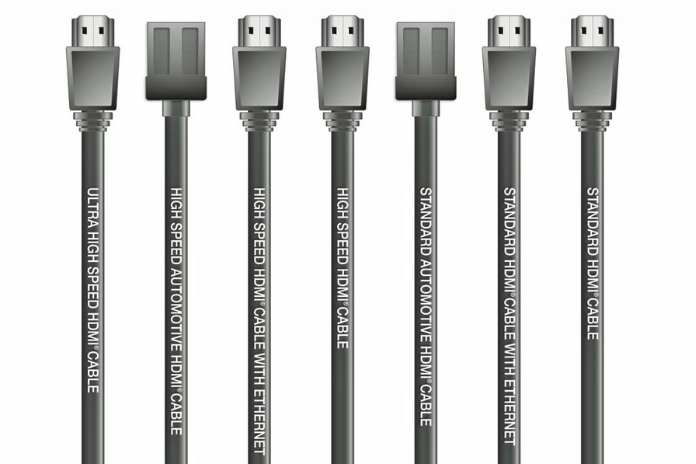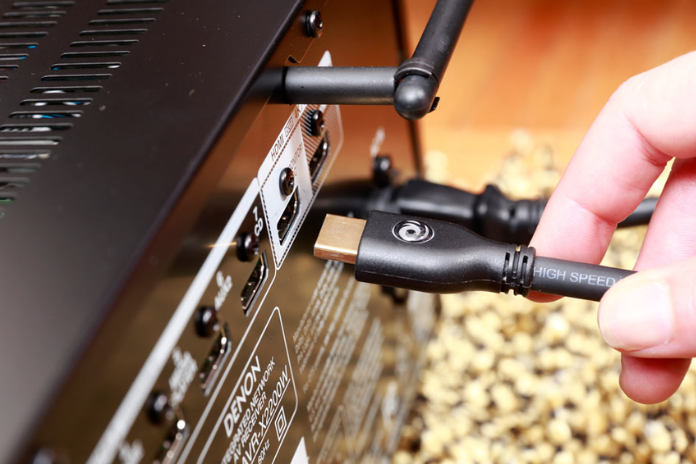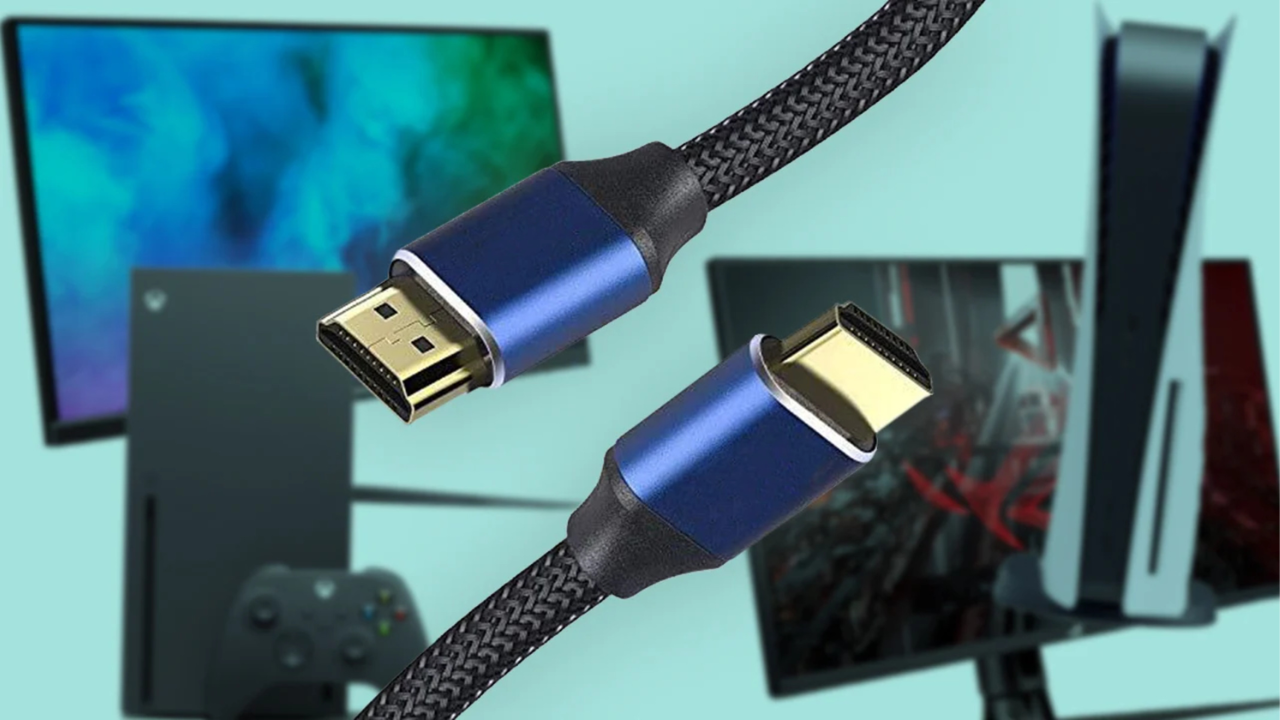HDMI (High-Definition Multimedia Interface) wires have become a necessary component of our life in the continuously changing world of technology. These unsightly cables are essential to the delivery of high-quality audio and video information, serving as the foundation for a variety of devices like laptops, game consoles, and home theater systems.
This post will discuss HDMI cords, including their types, histories, uses, and how to pick the best one for you.
A Brief History of HDMI
VGA, DVI, RCA, and component cables were just a few of the many connection types used to connect different audio and visual devices before HDMI. Each of these had drawbacks and frequently needed different wires to transmit audio and video.
When HDMI was first released in 2003, it was intended to bring order to this disarray by offering a single, high-definition cable that could handle both audio and video.
Understanding HDMI Specifications
Over time, HDMI cables have changed to meet the growing demand for better audio and video quality. Versions of HDMI differ in terms of features and capabilities. The following are some essential HDMI specs:
- HDMI 1.0: Supporting both two-channel audio and standard-definition video, HDMI was initially released in 2003.
- HDMI 1.3: Originally released in 2006, HDMI 1.3 included support for Dolby TrueHD and DTS-HD Master Audio in addition to supporting high-definition video codecs like 1080p.
- HDMI 1.4: 2009 saw the release of HDMI 1.4, which included support for 3D video, an Ethernet channel for internet connectivity, and an audio return channel (ARC) for streaming audio from your TV to an AV receiver.
- HDMI 2.0: With the release of HDMI 2.0 in 2013, the bandwidth was increased to accommodate 4K video at 60 frames per second (fps), greater color depths, and up to 32 audio channels.
- HDMI 2.1: 2017 saw the release of HDMI 2.1, which brought about a number of important improvements including support for 4K at 120 frames per second and 8K at 60, variable refresh rates (VRR), enhanced audio return channel (eARC), and more.
Types of HDMI Cables

There are several varieties of HDMI cables, each with unique features and functions. The following are the typical kinds of HDMI cables:
- Standard HDMI Cable: These cables are perfect for connecting HDTVs to Blu-ray players, game consoles, and cable or satellite boxes, among other home appliances. Both 1080i and 720p video resolutions are supported.
- High-Speed HDMI Cable: High-speed HDMI connections are appropriate for 1080p, 4K, and 3D video signals because they can handle greater resolutions and refresh rates.
- Premium High-Speed HDMI Cable: HDR (High Dynamic Range) and 4K at 60 frames per second are among the performance criteria for which these cables are certified. These are great options for high-end installations and home theaters.
- Ultra High-Speed HDMI Cable: Designed for 8K and 10K video, 120 frames per second gaming, and other cutting-edge technologies like VRR and eARC, ultra high-speed cables were first introduced with HDMI 2.1.
Choosing the Right HDMI Cable
Depending on your demands and the devices you intend to connect, you can choose the best HDMI cable. Here are some things to think about:
- Resolution: Verify that the HDMI cable you’re using can handle the resolution of your monitor. For instance, pick a high-speed or high-end HDMI cable if your TV is 4K.
- Refresh Rate: Verify that your cable can support the necessary refresh rate, such as 120Hz for gaming, if you prefer high-frame-rate material or are a gamer.
- HDR Support: Use a high-end, high-speed HDMI cable that supports HDR formats, such as Dolby Vision and HDR10, for the best possible visual experience when watching HDR video.
- Cable Length: Signal deterioration may occur with longer HDMI cables. Consider using an active HDMI cable or signal booster if you require a long cord.
- Device Compatibility: Verify that your devices are compatible with the cable you intend to use by looking up their HDMI requirements.
- Future-Proofing: For optimal compatibility and durability, think about acquiring an HDMI 2.1 cable if you’re buying new equipment or intend to update in the future.
Also Read: iPhone 14 Essentials: How to Properly Turn Off and Restart Your Device
HDMI Cables and Audio

HDMI cables transmit audio impulses in addition to video. Several audio formats are supported by HDMI, including:
- Stereo: In most cases, this is only two channels of audio.
- DVDs and cable/satellite TV frequently employ Dolby Digital audio.
- Another well-liked audio format for Blu-ray and DVD discs is DTS.
- Blu-ray discs contain high-definition audio formats called DTS-HD Master Audio and Dolby TrueHD.
- Immersion audio technologies like DTS:X and Atmos use height channels to provide a three-dimensional sound experience.
- Enhanced Audio Return Channel, or eARC, is perfect for high-end audio systems since it supports lossless audio formats and sophisticated audio capabilities.
Troubleshooting HDMI Issues
Despite being a sturdy and flexible technology, consumers may occasionally run into problems with HDMI. Here are a few typical troubleshooting pointers:
Verify that the HDMI cable is firmly attached to both devices by checking the connections.
- Cable Quality: Make sure the HDMI cable you use is of the appropriate caliber for your device.
- Source Selection: Verify that the HDMI input to which your device is attached is the correct input source selected on your display.
- Restart Devices: Turn off the display (such as a TV) and the source device (such as a game console).
- Check for Updates: Verify that the most recent firmware and software upgrades are installed on your devices by checking for updates.
- HDCP Compatibility: High-bandwidth Digital Content Protection (HDCP) may cause problems for certain devices. Verify that the cable and devices you have support HDCP.
- Try with Different Devices: To find the root of the issue, try using a different HDMI cable and other pieces of equipment with your devices.
Also Read: How to Set an Animated GIF Wallpaper as Your Computer’s Background?
Conclusion
The way we connect to and use our audiovisual gadgets has been completely transformed by HDMI cables. HDMI technology supports a wide range of advanced features, including 4K, 8K, HDR, and more, and can transmit high-definition video and audio.
It is always evolving to satisfy our entertainment needs. To guarantee you get the best performance for your particular setup, take into account aspects like resolution, frame rate, HDR support, cable length, and device compatibility when choosing an HDMI cable.
Whether you’re a casual home theater enthusiast or a die-hard gamer, your entire viewing and hearing pleasure can be greatly enhanced by the use of an HDMI cable.
